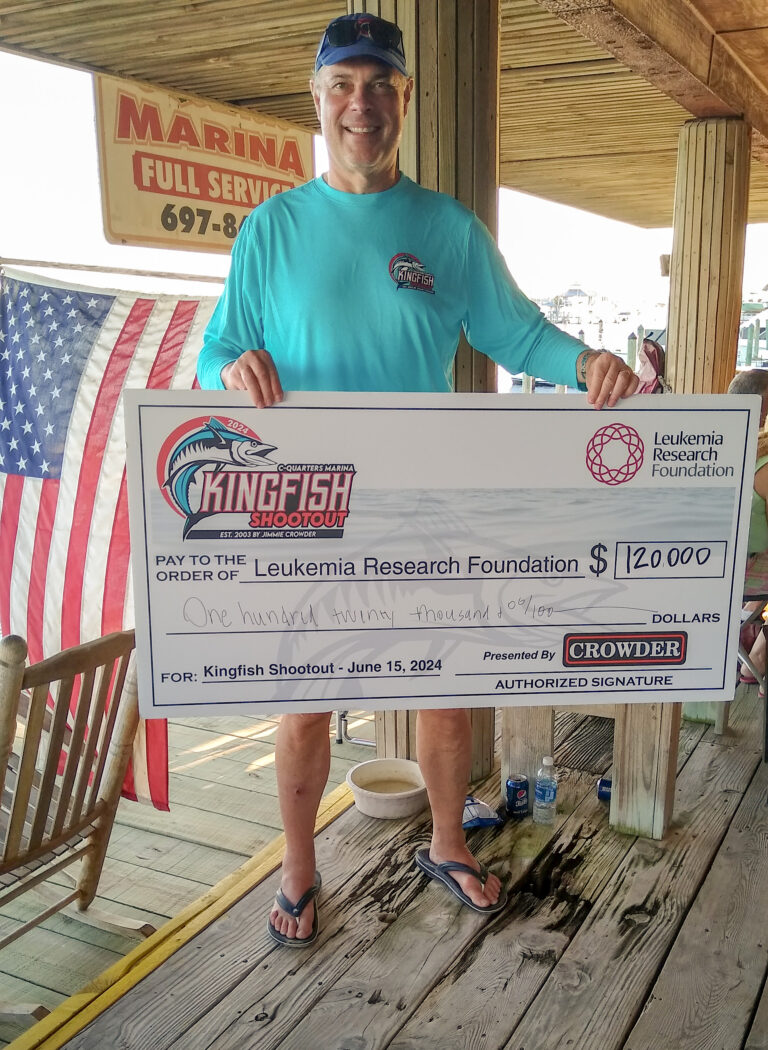Legacy Post Disclaimer
This is a #Legacy post imported from The Apalachicola Time’s previous platform. If you’re experiencing issues with this article, please email us at news@nevespublishing.com.
Vaccination rates slowing for adults and children
COVID-19 vaccination rates lag in vast swaths of rural
Florida compared to the rest of the state — a pattern that also has been seen
in other areas of the country, a new report shows.
Neither Franklin nor Gulf counties are immune.
The report, released Friday by the state Department of
Health, said 55 percent of people in Florida ages 12 and older had received at
least one dose of COVID-19 vaccine.
But in 23 of the states 67 counties — almost all rural and
largely spread across North Florida — the rates were below 40 percent. The
rates in nine counties were below 30 percent, including 24 percent in Holmes
County, 27 percent in Baker County, 27 percent in Hamilton County and 27
percent in Union County.
In Gulf County the rate was 36.7; in Franklin it was 33
percent, as of Monday.
When just adults over age 18 were considered, the percentage
in Gulf grows to 39.3 percent, and in Franklin to 38.9 percent.
And when just adults age 65 and older are analyzed, the data
shows 75.7 percent in Franklin have had at least one vaccination; in Gulf the
percentage is 69.1.
The report said nearly 10.4 million in Florida had
received at least one vaccine dose as of Thursday and that about 8.7 million were
considered fully vaccinated — meaning they had received the required two
doses of vaccines produced by drug makers Pfizer or Moderna or the one-dose
vaccine produced by Johnson & Johnson. It listed an overall population of
19,119,043 people ages 12 and older.
The report, which did not provide percentages of fully
vaccinated people by county, reflected a pattern of lagging rural vaccination
highlighted last month by the federal Centers for Disease Control and
Prevention.
Disparities in COVID-19 vaccination access and coverage
between urban and rural communities can hinder progress toward ending the
pandemic, the CDC said in a May 21 report. Public health practitioners
should collaborate with health care providers, pharmacies, employers, faith
leaders and other community partners to identify and address barriers to
COVID-19 vaccination in rural areas.
The CDC report pointed to issues such as rural residents
having to travel farther for vaccinations and cited vaccine hesitancy in
rural areas that is a major barrier that public health practitioners, health
care providers, and local partners need to address to achieve vaccination
equity. It also said many rural residents face particular health risks from
COVID-19.
Rural communities often have a higher proportion of
residents who lack health insurance, live with comorbidities or disabilities,
are (65 or older) and have limited access to health care facilities with intensive
care capabilities, which places these residents at increased risk for
COVID-19associated morbidity and mortality, the CDC report said.
Of the 23 counties in Florida that had vaccination rates
below 40 percent last week, all but two — Bay and Clay counties — have
overall populations below 75,000, the Department of Health report said. Also,
all but two — Hardee and Okeechobee — were in North Florida.
David Adlerstein assisted with this story.






Meet the Editor
David Adlerstein, The Apalachicola Times’ digital editor, started with the news outlet in January 2002 as a reporter.
Prior to then, David Adlerstein began as a newspaperman with a small Boston weekly, after graduating magna cum laude from Brandeis University in Waltham, Massachusetts. He later edited the weekly Bellville Times, and as business reporter for the daily Marion Star, both not far from his hometown of Columbus, Ohio.
In 1995, he moved to South Florida, and worked as a business reporter and editor of Medical Business newspaper. In Jan. 2002, he began with the Apalachicola Times, first as reporter and later as editor, and in Oct. 2020, also began editing the Port St. Joe Star.